As daylight decreases, it’s normal to feel a little more sluggish. Between school schedules, work, and family life, it can be easy to let your energy dip. But small, daily habits can help you stay alert, focused, and motivated—even when the days get shorter.
Your body’s internal clock, or circadian rhythm, is influenced by sunlight. Less exposure to natural light can impact mood, sleep, and energy levels. Supporting your body with nutrient-rich foods, movement, and mindful routines can help maintain steady energy throughout the day.
Fuel Your Body for Sustained Energy
Support your natural rhythms with movement, hydration, and plant-based energy boosters. Combining nutrition with your favorite Young Living tools can make a noticeable difference.
- NingXia Nitro: Take one packet in the morning or mid-day to support cognitive function and sustained energy. NingXia Nitro delivers plant-based energy with essential oils and naturally derived caffeine for alertness without a crash.
- NingXia Red: Take one or two packets in the morning and afternoon for antioxidant support and cellular energy. NingXia Red Is a caffeine-free energy boost that keeps you going through energy slumps.
- Peppermint Essential Oil: Inhale directly from the bottle or diffuse for an invigorating boost. Peppermint Essential Oil awakens the senses and promotes mental clarity—perfect for mid-day refreshment.
Nutrition Tips for Steady Energy
Fueling your body with the right foods helps prevent crashes and keeps your mind sharp:
Fueling your body with the right foods helps prevent crashes and keeps your mind sharp:
- Complex carbs + protein: Oats, quinoa, lentils, chickpeas, or eggs provide long-lasting energy.
- Healthy fats: Nuts, seeds, avocado, and olive oil support brain function and satiety.
- Iron-rich foods: Spinach, kale, and pumpkin seeds help prevent fatigue.
- Hydrating foods: Cucumbers, watermelon, and celery support energy and focus.
Energy-Boosting Breakfast Bowl Recipe
Quick, nourishing, and perfect for busy mornings:
Ingredients:
- ½ cup cooked quinoa or oatmeal
- ½ cup unsweetened almond milk
- 1 small banana, sliced
- 1 Tbsp almond butter or sunflower seed butter
- 1 Tbsp pumpkin seeds or chopped walnuts
- ½ tsp cinnamon
- Optional: 1 drop Lemon Vitality essential oil (safe for ingestion)
Directions:
- Combine quinoa/oatmeal and almond milk in a bowl.
- Top with banana, nut butter, seeds, and cinnamon.
- Optional: add a drop of Lemon Vitality for a bright, refreshing flavor.
- Enjoy slowly to kickstart your day with steady energy.
14-Day Reset Reminder
If you’ve been looking for a way to hit the “refresh” button on your habits, the 14-Day Reset is a perfect opportunity. This program helps moms reset nutrition, hydration, and wellness routines with simple, sustainable steps. It’s designed to support energy, focus, and overall well-being—exactly what you need as the seasons shift.
My blogs contain some affiliate links.
Any purchase made is a blessing to my family at no extra cost to you!
Thank you for supporting us!

Boost Your Smoothie Game with Chia Seeds: A Nutritional Powerhouse
Smoothies are a delicious and convenient way to pack multiple nutrients into a single glass, making them a popular choice for health enthusiasts everywhere. One simple yet powerful ingredient that can elevate the nutritional value of your smoothie is the tiny but mighty chia seed. Known for their high fiber content, rich omega-3 fatty acids, potent antioxidants, and impressive calcium levels, chia seeds can transform your smoothie into a health-boosting powerhouse.
The Nutritional Benefits of Chia Seeds
- High in Fiber: Chia seeds are a fantastic source of dietary fiber, which is essential for maintaining healthy digestion. Just one ounce of chia seeds contains nearly 11 grams of fiber. Adding them to your smoothie can help you feel fuller for longer, support digestive health, and help regulate blood sugar levels.
- Rich in Omega-3 Fatty Acids: Omega-3s are essential fats that play a crucial role in heart health. Chia seeds are one of the top plant-based sources of omega-3 fatty acids, which help reduce inflammation and improve heart function. Incorporating chia seeds into your diet can support cardiovascular health and provide a plant-based alternative to fish oil.
- Packed with Antioxidants: Chia seeds are loaded with antioxidants, which protect the body from free radical damage. Antioxidants are vital for reducing oxidative stress and promoting overall health. By adding chia seeds to your smoothie, you're giving your body a boost in its fight against cellular damage.
- High in Calcium: Chia seeds boast a significant calcium content, which supports bone health and overall wellness. One ounce of chia seeds provides about 18% of the recommended daily intake of calcium. Including chia seeds in your smoothies can help maintain strong bones and teeth, making it an excellent addition for those following a plant-based diet.
How to Incorporate Chia Seeds into Your Smoothies
Adding chia seeds to your smoothies is incredibly simple and versatile. Here are a few tips to get you started:
- Pre-Soak for Texture: To create a smoother texture, soak chia seeds in water or your preferred plant-based milk for a few minutes before adding them to your smoothie. This allows the seeds to expand and soften, enhancing the overall consistency.
- Blend Them In: For a quick and easy addition, simply toss a tablespoon of chia seeds directly into your blender along with your other smoothie ingredients. They will blend seamlessly, adding a subtle nutty flavor.
- Try Different Combinations: Chia seeds work well in a variety of smoothie recipes. Pair them with tropical fruits for a refreshing drink, or add them to green smoothies for an extra nutritional punch. Experiment with different flavors to find your perfect match.
Give Your Smoothie a Nutritional Boost
Chia seeds are an effortless way to enhance the nutritional profile of your smoothies, providing fiber, omega-3s, antioxidants, and calcium with minimal effort. Their versatility and health benefits make them a must-have ingredient in any smoothie enthusiast's kitchen. So why not take your next smoothie to the next level? Add a scoop of chia seeds and enjoy a delicious, health-boosting treat. Your body will thank you for it!
Here are some recipes to try!
Tropical Chia Smoothie
Ingredients:
- 1 cup coconut milk
- 1 tablespoon chia seeds
- 1 banana
- 1/2 cup frozen mango
- 1/2 cup frozen pineapple
- 1 teaspoon honey or maple syrup (optional)
- Ice cubes (optional)
Instructions:
- In a blender, combine coconut milk and chia seeds. Let them sit for 5 minutes to allow the seeds to expand.
- Add banana, frozen mango, frozen pineapple, and sweetener if using.
- Blend until smooth. Add ice cubes for a thicker consistency if desired.
- Pour into a glass and enjoy a taste of the tropics!
Berry Bliss Chia Smoothie
Ingredients:
- 1 cup almond milk
- 1 tablespoon chia seeds
- 1/2 cup frozen strawberries
- 1/2 cup frozen blueberries
- 1/4 cup frozen raspberries
- 1 tablespoon almond butter
- 1 teaspoon vanilla extract
Instructions:
- Combine almond milk and chia seeds in a blender and let them sit for 5 minutes.
- Add strawberries, blueberries, raspberries, almond butter, and vanilla extract.
- Blend until smooth and creamy.
- Serve immediately and enjoy the berry goodness!
Green Power Chia Smoothie
Ingredients:
- 1 cup oat milk
- 1 tablespoon chia seeds
- 1 handful of spinach
- 1/2 avocado
- 1 green apple, cored and chopped
- 1 tablespoon lemon juice
- 1 teaspoon agave syrup (optional)
Instructions:
- In a blender, mix oat milk with chia seeds and let them sit for 5 minutes.
- Add spinach, avocado, apple, lemon juice, and agave syrup if using.
- Blend until smooth and vibrant green.
- Pour into a glass and power up your day with this nutritious smoothie!
Chocolate Mint Chia Smoothie
Ingredients:
- 1 cup almond milk
- 1 tablespoon chia seeds
- 1 banana
- 2 tablespoons cocoa powder
- 1/4 teaspoon peppermint extract
- 1 tablespoon maple syrup
- Fresh mint leaves for garnish (optional)
Instructions:
- Combine almond milk and chia seeds in a blender, allowing them to sit for 5 minutes.
- Add banana, cocoa powder, peppermint extract, and maple syrup.
- Blend until smooth and chocolatey.
- Garnish with fresh mint leaves if desired and indulge in this refreshing treat!
Pumpkin Spice Bliss Smoothie
Ingredients:
- 1 cup almond milk
- 1/2 cup canned pumpkin
- 1 banana
- 1 teaspoon pumpkin spice
- 1 tablespoon chia seeds
- 1 tablespoon pure maple syrup
Instructions:
- In a blender, combine almond milk and chia seeds. Allow them to sit for 5 minutes to let the seeds expand.
- Add canned pumpkin, banana, pumpkin spice, and pure maple syrup.
- Blend until smooth and creamy.
- Pour into a glass, savor the autumn flavors, and enjoy this nourishing treat!
Enjoy blending up some tasty, healthy treats! 🥤
My blogs contain some affiliate links.
Any purchase made is a blessing to my family at no extra cost to you!
Thank you for supporting us!


This baked ratatouille recipe is a simple, colorful, and flavorful dish that highlights the natural sweetness of fresh vegetables. Perfect for a healthy dinner or side dish, it’s a beautiful way to showcase seasonal produce. I love this dish, but am allergic to eggplant, so I leave that ingredient out. If you like yours with eggplant, by all means, add that in, too.
Ingredients:
- 2 cups diced tomatoes (fresh or canned)
- 2 small/medium zucchini, thinly sliced
- 2 small/medium yellow squash, thinly sliced
- 2 large bell peppers (any color), thinly sliced
- 1 large white onion, thinly sliced
- 2 cups fresh basil leaves
- 4 cups spaghetti sauce (store-bought or homemade)
Instructions:
1. Preheat the Oven: Preheat your oven to 350°F (175°C).
2. Prepare the Vegetables: Thinly slice the zucchini, yellow squash, bell peppers, and onion. I use this to get mine super thin. If using fresh tomatoes, dice them; if using canned, drain any excess liquid.
3. Layer the Ingredients: In a large baking dish, start by spreading a layer of spaghetti sauce on the bottom. Then, begin layering the vegetables. Add a layer of sliced zucchini, yellow squash, bell peppers, and onions. Sprinkle with some diced tomatoes and fresh basil leaves. Continue layering the vegetables, repeating at least twice, until all ingredients are used up. End with a final layer of spaghetti sauce on top.
4. Cover and Bake: Cover the baking dish tightly with foil. Bake in the preheated oven for 1 hour, or until the vegetables are tender and cooked through.
5. Serve: After baking, remove the foil and let the ratatouille rest for a few minutes before serving. Garnish with extra fresh basil if desired.
This baked ratatouille can be served on its own, over spaghetti, or alongside crusty bread for a complete meal! Yum!
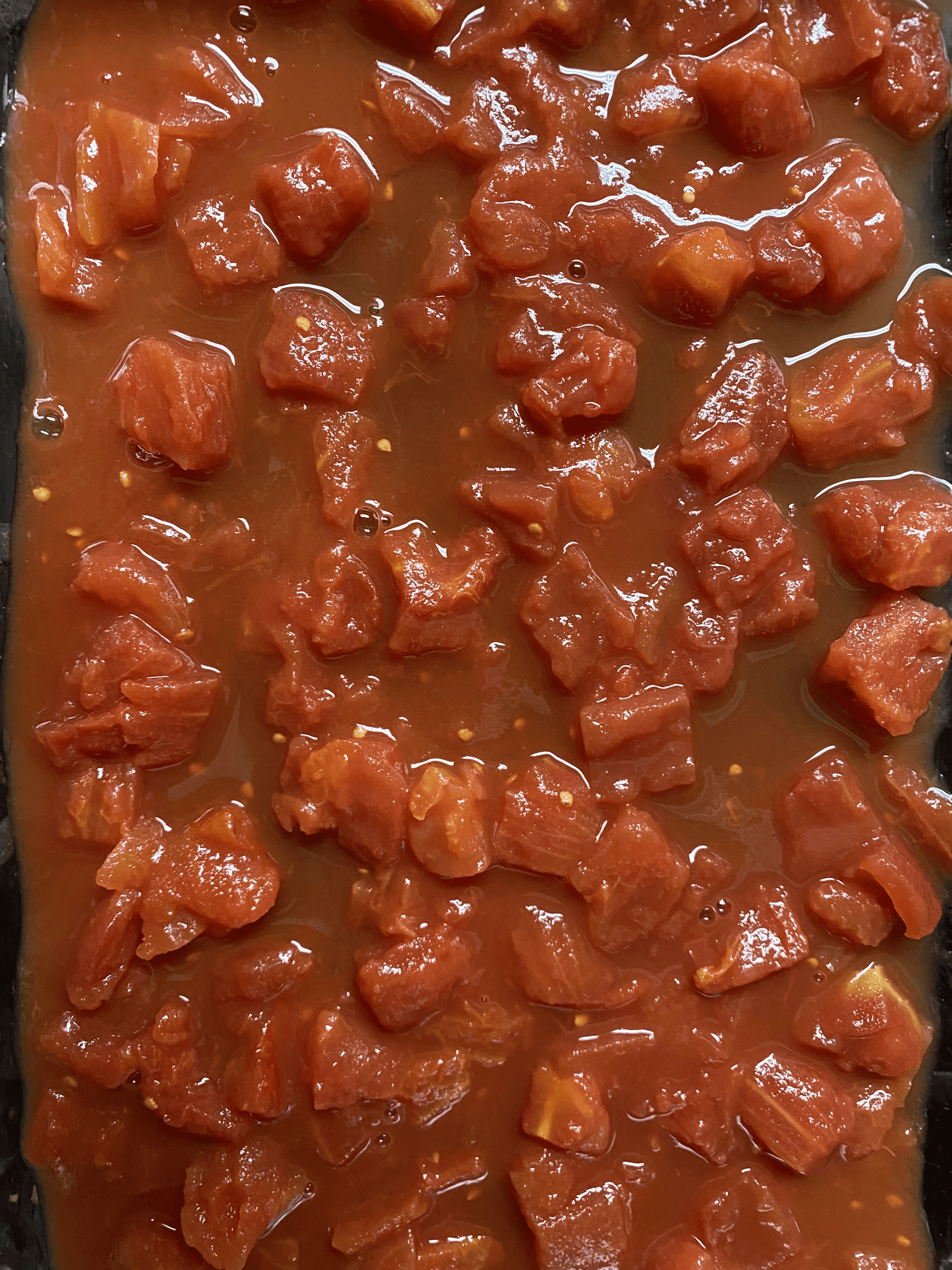
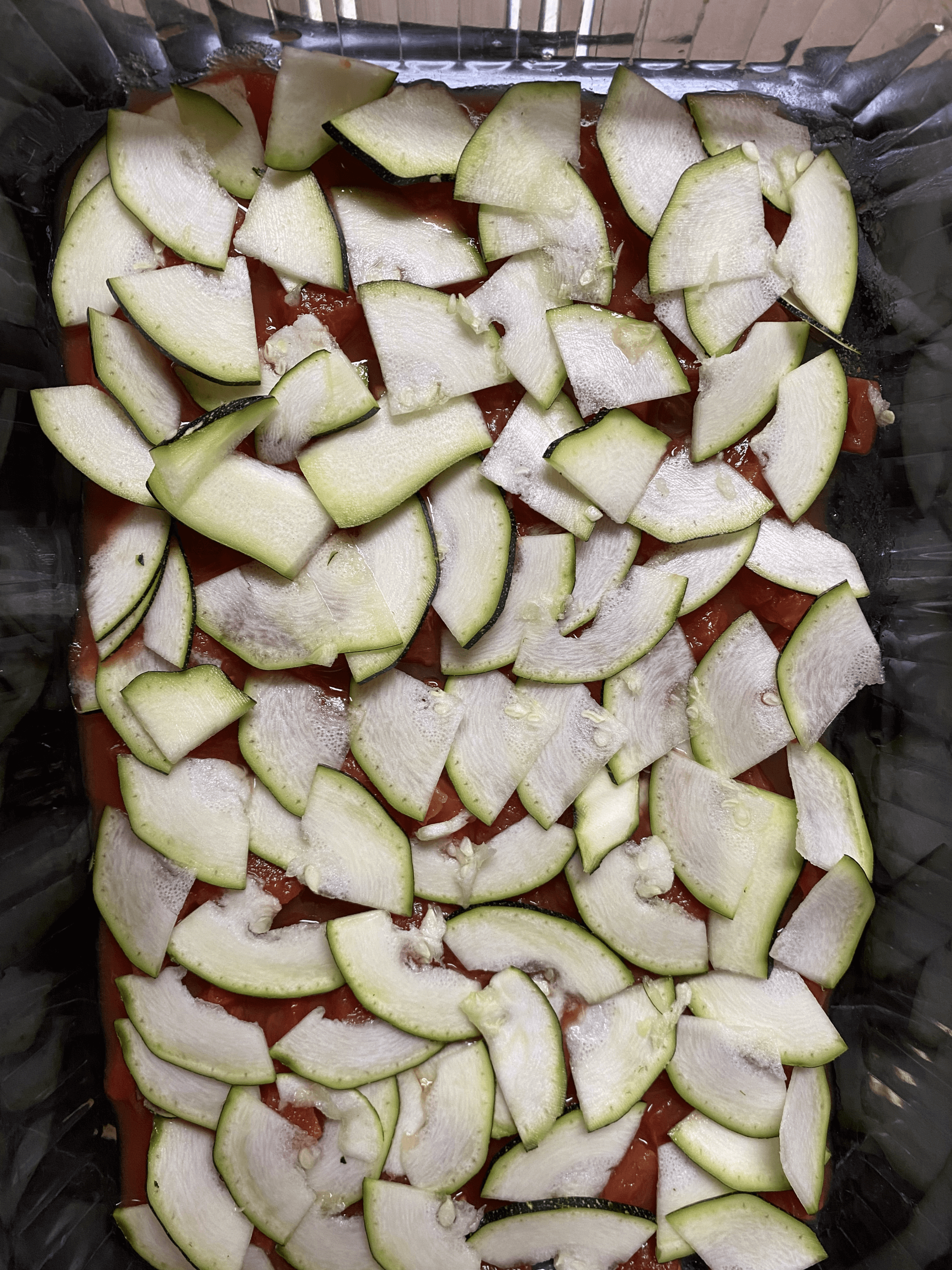
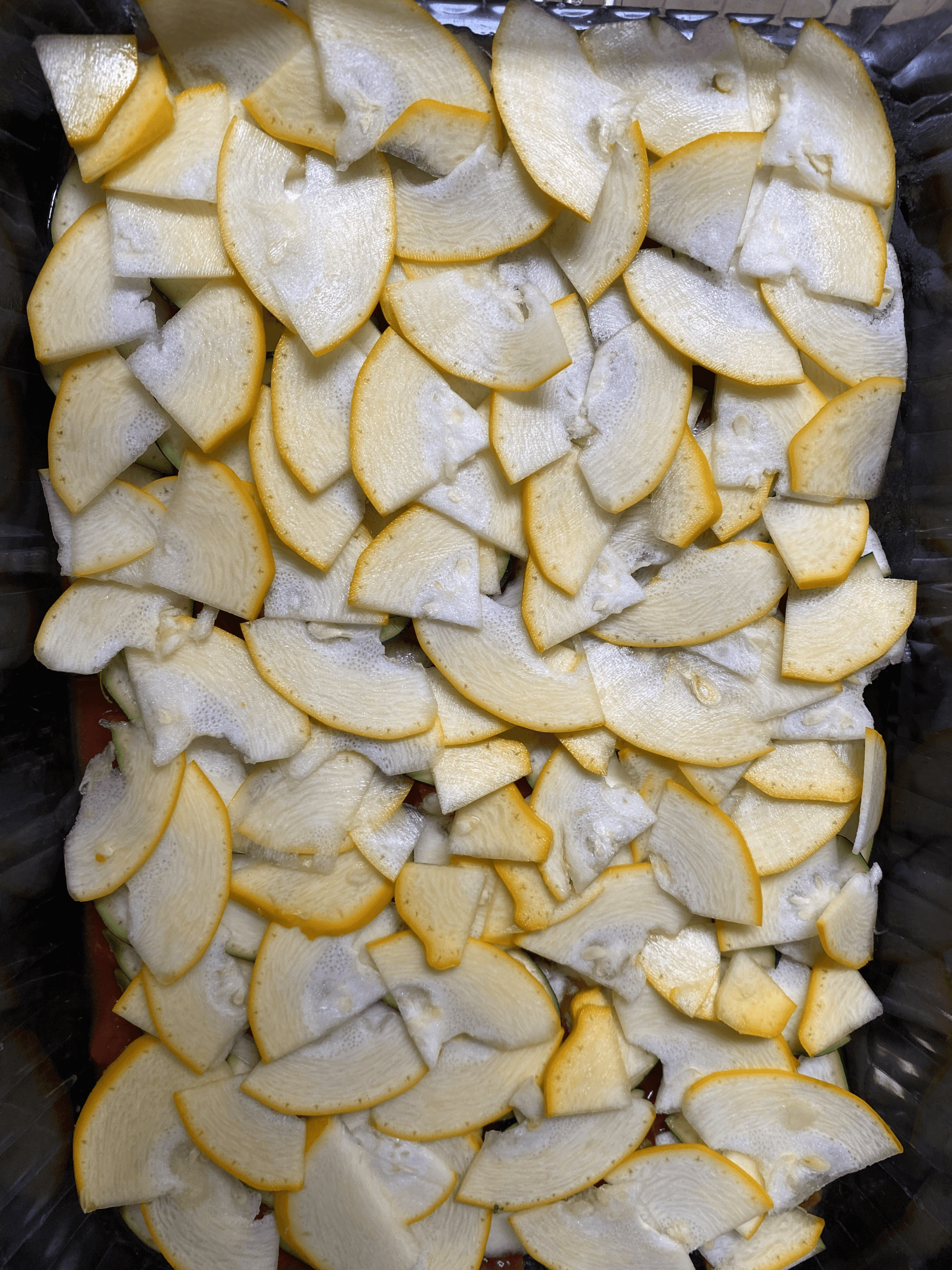


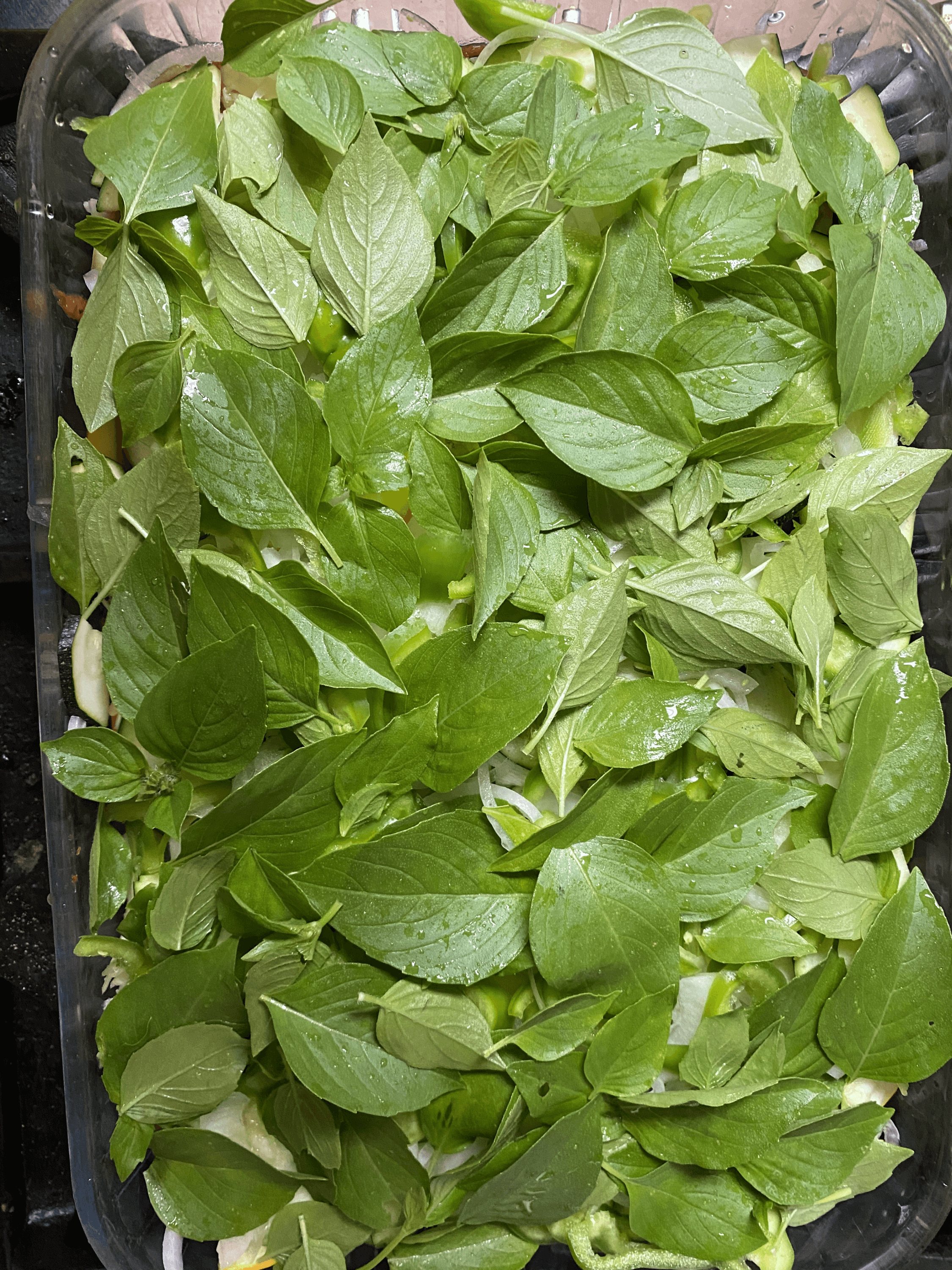

My blogs contain some affiliate links.
Any purchase made is a blessing to my family at no extra cost to you!
Thank you for supporting us!

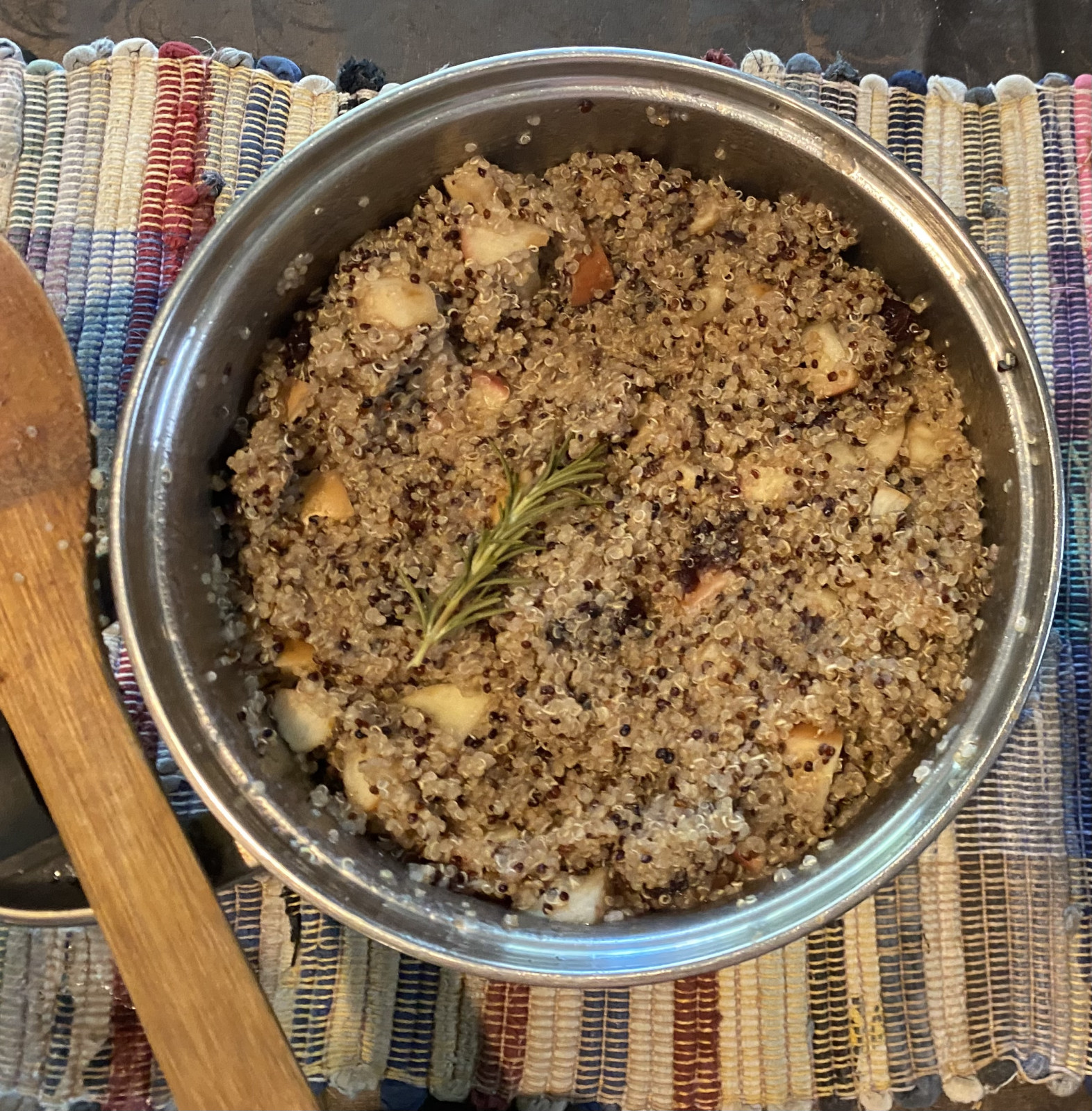
This delicious quinoa salad is a perfect blend of sweet and nutty flavors, making it a great side dish or light meal. Packed with protein-rich quinoa, tart cranberries, crisp apples, warm cinnamon, and crunchy pecans, it’s a healthy and satisfying dish for any time of year.
This was a family favorite the very first time! I was actually inspired by a quinoa salad I ate in an airport recently, so I came home and created this!
Ingredients:
- 1 cup quinoa, rinsed
- 1 1/2 cup water
- 16 oz can of cranberry sauce (with whole cranberries)
- 1 apple, diced (Granny Smith works well)
- 1/2 cup pecans, chopped and lightly toasted
- 1/2 teaspoon ground cinnamon
- 1 tablespoon maple syrup or honey (optional)
- 1 sprig rosemary (optional)
Optional dressing
- 1 tablespoon olive oil
- 1 tablespoon lemon juice or apple cider vinegar
- Salt and pepper to taste
Instructions:
1. Cook the Quinoa: In a medium saucepan, bring water and cranberry sauce to a boil. Add the quinoa & rosemary (opt.), reduce heat to low, cover, and simmer for about 15 minutes or until all the liquid is absorbed. Fluff with a fork..
2. Combine the Ingredients: Add in apples, cinnamon, and maple syrup. Let mixture cool with the lid on.
3. Toast the Pecans: While the quinoa is cooking, toast the pecans. Place the chopped pecans in a dry skillet over medium heat and cook for about 3-5 minutes, stirring frequently, until they’re fragrant and slightly browned. Set aside.
4. *Optional - Mix the Dressing: In a small bowl, whisk together the olive oil, lemon juice (or apple cider vinegar). Add salt and pepper to taste.
5. Season and Serve: Taste the salad and adjust seasoning with more salt, pepper, or cinnamon if needed. Sprinkle with pecans. Serve warm or chilled, depending on your preference.
Optional Add-ins:
- **Fresh spinach** or **arugula** to add greens
- A sprinkle of **chia seeds** or **hemp seeds** for extra nutrition
Enjoy!
My blogs contain some affiliate links.
Any purchase made is a blessing to my family at no extra cost to you!
Thank you for supporting us!

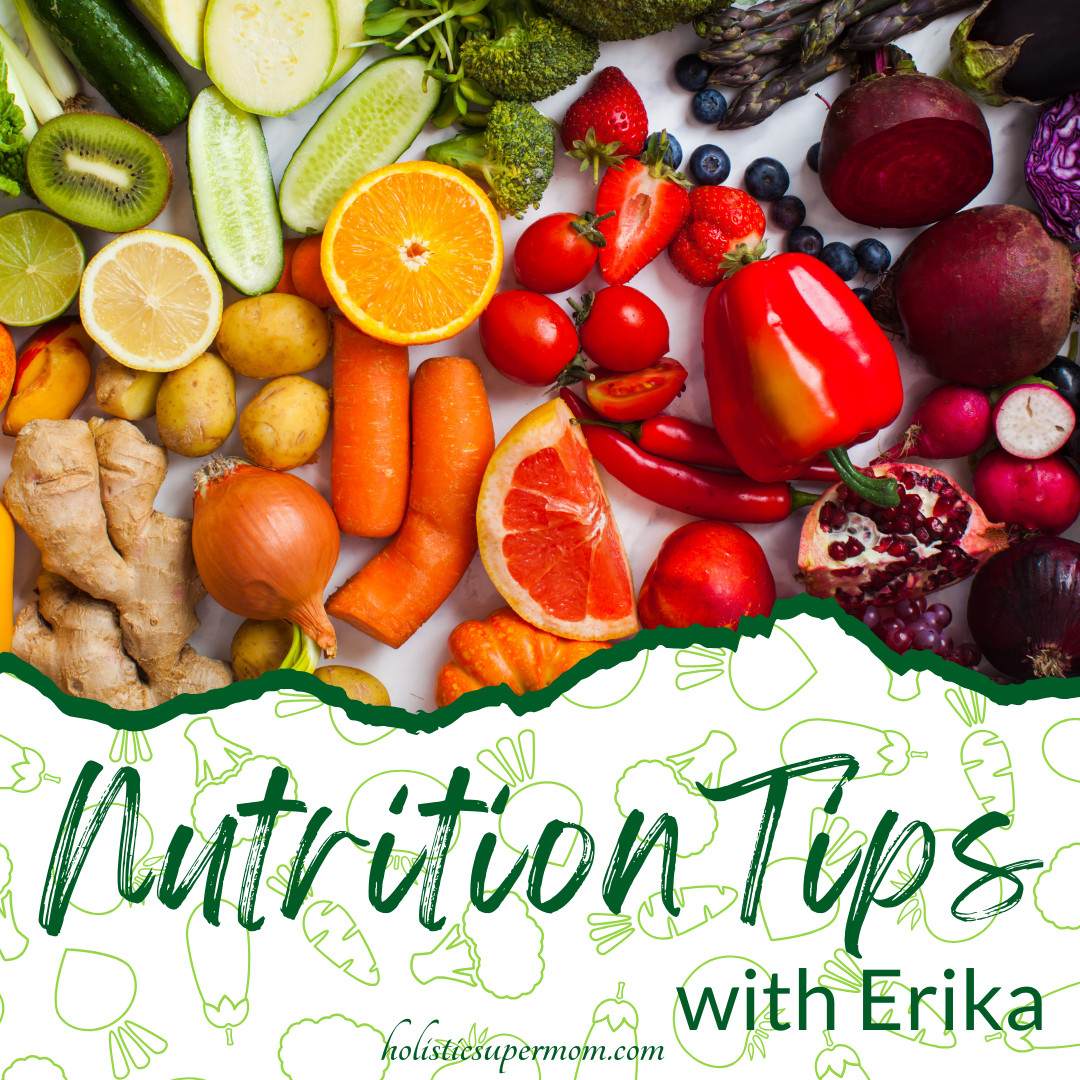
Eating seasonally and locally offers numerous benefits for your taste buds, health, and community. By focusing on seasonal produce, you can enjoy fresher flavors and higher nutrient levels while supporting local farmers and sustainable practices. Embrace nature’s rhythms by incorporating seasonal fruits and vegetables like summer's juicy berries and winter's nutrient-rich root veggies into your diet.
Supporting local farmers through farmers' markets ensures access to fresh, locally-grown produce and aids small-scale, sustainable agricultural practices. These markets offer an array of produce varieties and the chance to engage directly with the farmers who grew your food. This experience not only enhances your meals but also strengthens your local economy.
Growing your own food, whether in a garden or on a windowsill, provides a rewarding and educational experience. Cooking with seasonal produce inspires new recipes that highlight the natural flavors of each season, while preserving methods like freezing or canning allow you to savor these benefits year-round. Embrace this sustainable approach to eating and share your seasonal recipes and tips to celebrate the best of each season!
Read more...

